Experience Wellness with Ayurvedic Detox Treatments
Panchakarma Treatment/Detoxification
Panchakarma is an ancient Ayurvedic detoxification and rejuvenation therapy that aims to cleanse the body of toxins and restore balance. It consists of five primary procedures that work to eliminate accumulated impurities and promote overall health. Here’s a detailed overview of each procedure and its benefits:
Vamana (Therapeutic Vomiting)
Procedure: Vamana involves inducing controlled vomiting to eliminate excess mucus and toxins from the respiratory and digestive tracts. It’s typically performed after a preparatory phase that includes oleation and sweating.


Vamana Benefits

Cleanses the Respiratory System
Alleviates Cough
Improves Digestion
Basti (Therapeutic Enema)
Procedure: Basti involves administering medicated oils or herbal decoctions through the rectum. This procedure can vary based on the individual’s constitution and needs.

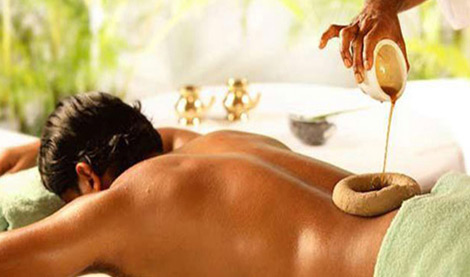
Benefits

Cleanses the Colon
Nourishes Tissues
Enhances Overall Vitality
Nasya (Nasal Administration of Medications)
Procedure: Nasya involves administering herbal oils or powders through the nostrils to clear nasal passages and promote respiratory health.

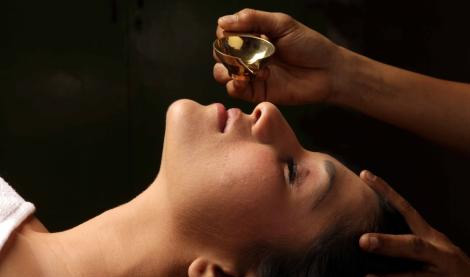
Nasyam Benefits

Cleanses the Sinuses
Improves Mental Clarity
Alleviates Headaches and Migraines
Balances Kapha and Vata Doshas
Raktamokshana (Therapeutic Blood Letting)
Procedure: Raktamokshana is a procedure aimed at detoxifying the blood by removing impurities and toxins through controlled bloodletting. It can be performed using leeches or by venesection.

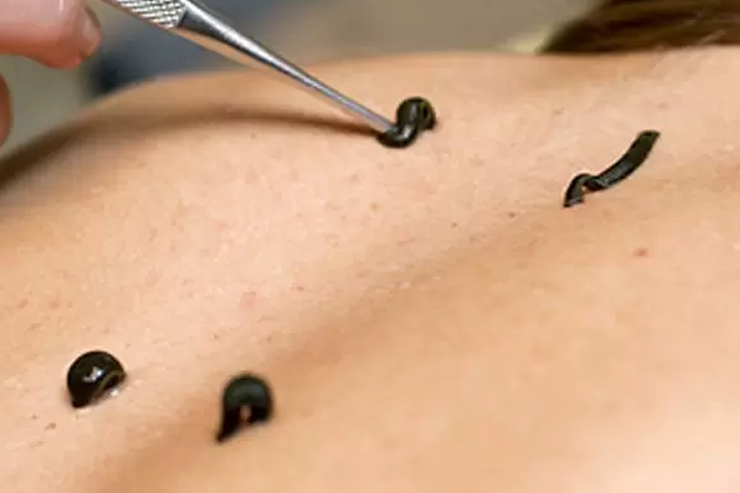
Raktha Mokshana Benefits

Detoxifies the Blood
Improves Skin Health
Balances Pitta and Kapha Doshas
Enhances Circulation
Virechana (Therapeutic Purgation)
Procedure: Virechana is a therapeutic purgation process that involves administering herbal laxatives to cleanse the intestines and eliminate excess Pitta (bile).


Benefits

Detoxifies the Liver and Gallbladder
Alleviates Skin Disorders
Enhances Digestive Health
SnehaPana
SnehaPana is an Ayurvedic therapy that involves ingesting medicated ghee or oil in small doses over a period of time. The therapy is believed to have a wide range of health benefits and is often used as part of a detoxification program or to promote overall health and wellness.

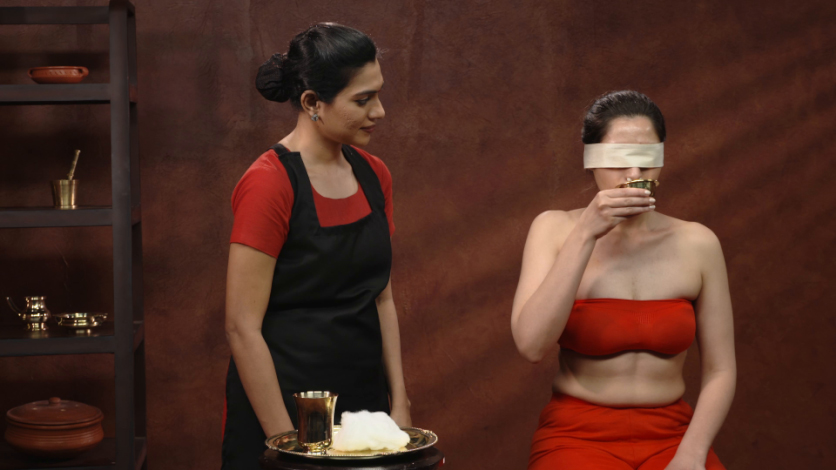
Sneha Pana Benefits

Detoxification
Improved Skin Health
Improved Mental Clarity
Udhvarthanam
Udhvarthanam is an Ayurvedic treatment that consists of a deep, dry massage using herbal powders. “Udhvarthanam” is derived from the Sanskrit term “udhvartha,” which means “upward strokes.” During therapy, the patient lies down on a table while the therapist applies a herbal powder to the body to massages the body with firm upward strokes, concentrating on areas with extra fat or cellulite. A hot shower or bath is usually followed by the massage to assist remove the herbal powder from the skin.

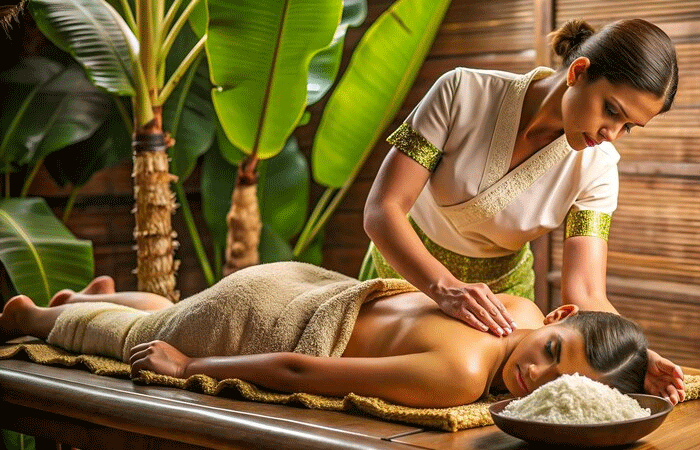
Udhvarthanam Benefits

